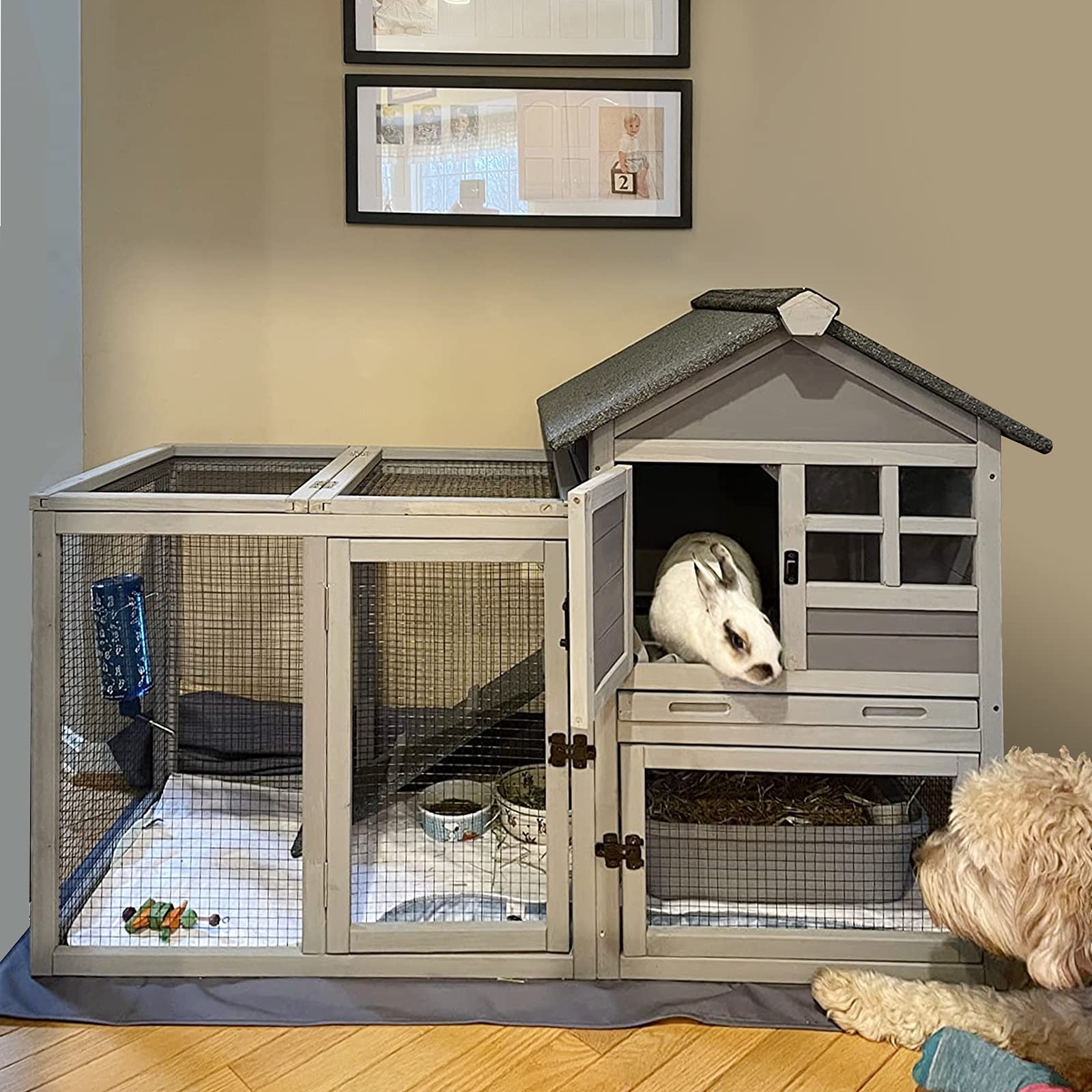If you recently got yourself a baby bunny or are considering getting one, it’s important to make sure you provide them with the perfect cage. Having the right cage for your baby bunny is essential for its health and happiness. This article will provide you with all the information you need to know about housing your pet rabbit, including what type of cage is best and how to ensure your baby bunny is comfortable. With the right baby bunny cage, you can ensure your pet rabbit has the best possible environment to live in.
Types of Baby Bunny Cages
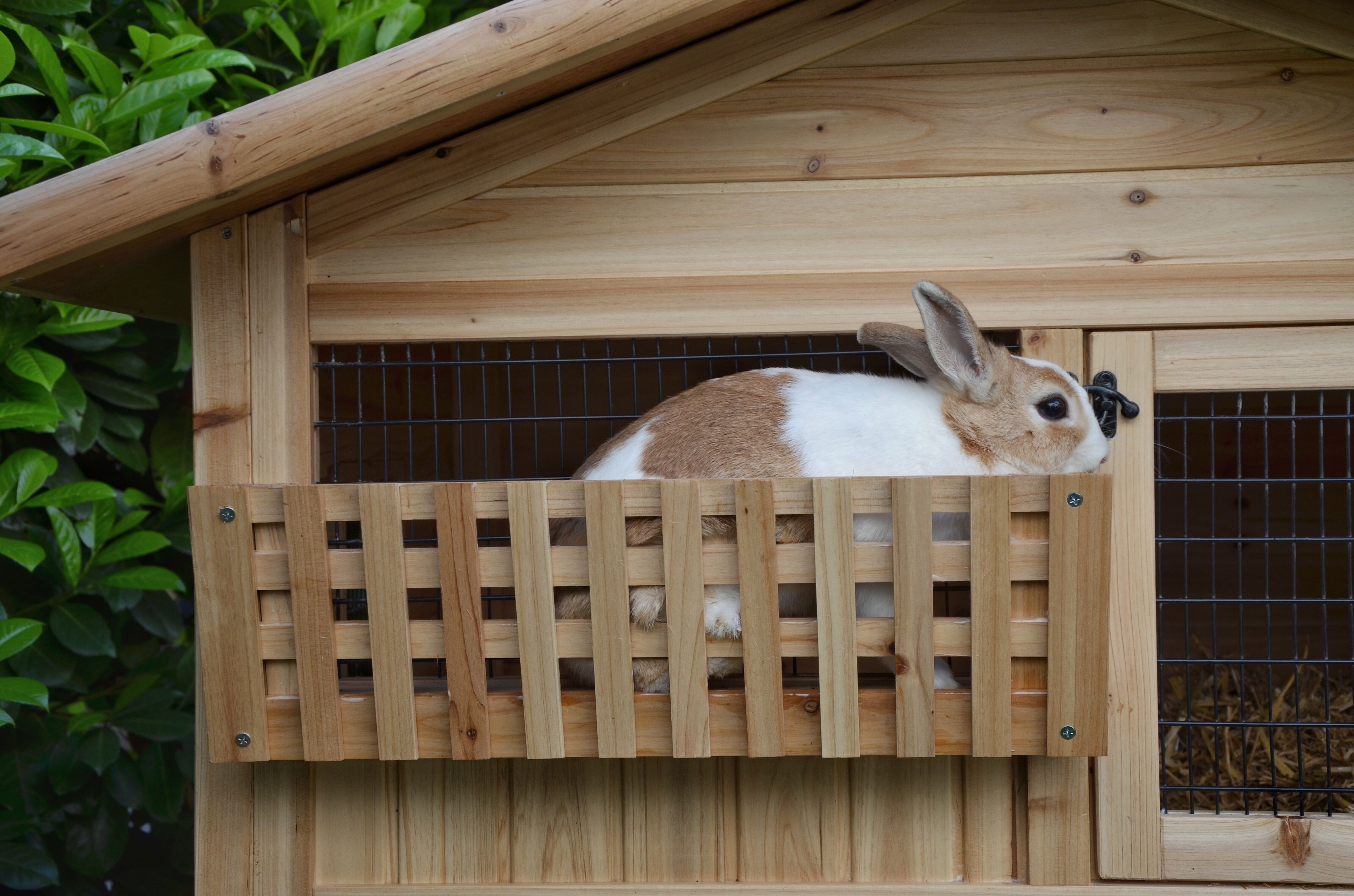
Wire (Metal) Cages
Wire cages are the most widely used type of cages for baby rabbits. They are lightweight, easy to move, and widely available. The mesh is usually made of galvanized steel, making it strong and durable. The wire mesh also provides plenty of ventilation, which is important for keeping your baby bunny healthy. Plus, the open design allows you to easily monitor your pet and interact with them.
Plastic Cages
Plastic cages can be a great choice for baby rabbits. The solid walls provide a sense of security for your pet and help to keep out drafts. Plus, plastic cages are easy to clean and are available in a variety of sizes to fit your needs. However, plastic cages don’t provide as much ventilation as wire cages, so make sure to give your pet plenty of fresh air.
Wood Cages
Wood cages can be a great choice for baby rabbits. They are generally spacious, providing plenty of room for your pet to play and explore. Plus, they provide good insulation, helping to keep your baby bunny warm. However, wood cages require more upkeep than wire or plastic cages, as they must be regularly cleaned and protected from moisture.
No matter which type of baby rabbit cage you choose, make sure it’s big enough for your pet to move around comfortably. You should also check for any sharp edges or gaps that could injure your pet. With a suitable cage in place, you’ll be able to provide a safe and comfortable home for your baby bunny.
Size of the Cage
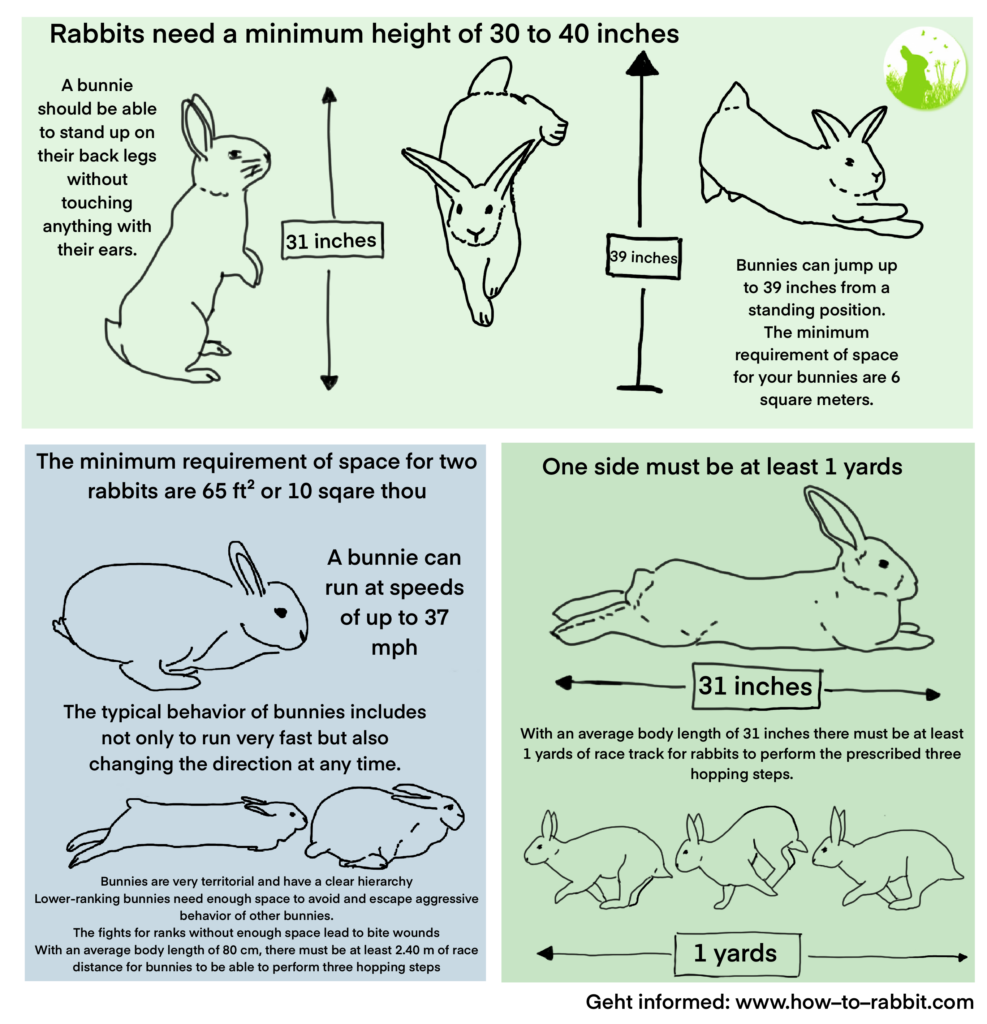
When choosing the perfect cage for your baby bunny, size is one of the most important considerations. Rabbits need plenty of space to run, hop, and stretch their legs. Therefore, it’s important to buy a cage that is large enough for your pet rabbit to lead a comfortable and active life. Generally, the bigger the cage, the better.
- A cage for a single baby rabbit should be, at minimum, 4 feet long, 2 feet wide, and 2 feet tall.
- If you have two bunnies, the cage should be at least 6 feet long, 4 feet wide, and 3 feet tall.
- If you plan to keep your rabbit indoors, a baby rabbit cage should be placed in an area that has good ventilation.
- If you plan to keep your rabbit outdoors, you should choose a cage that is weather-resistant and sturdy.
- Baby rabbit cages should have enough space for a litter box, food and water dishes, tunnels, and toys.
- The cage should also have plenty of room for your pet rabbit to stretch its legs and hop around.
When shopping for baby rabbit cages, remember that bigger is better. The more space your pet rabbit has to move around, the happier and healthier it will be. Be sure to choose a cage that is big enough for your pet rabbit to move around comfortably.
Cage Accessories
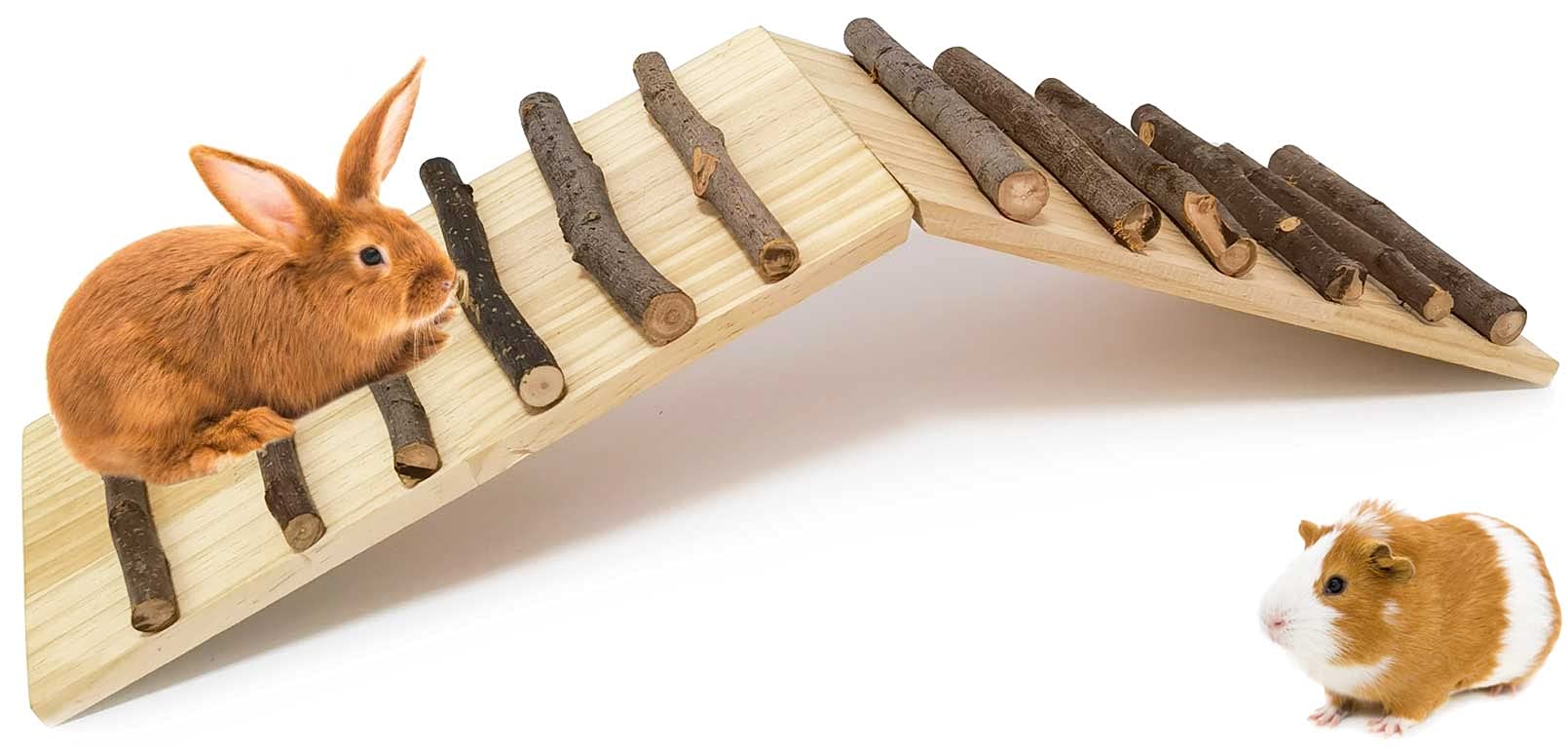
Apart from the cage itself, there are certain accessories that are essential for your baby bunny’s cage. These include:
- Rabbit-safe bedding – it should be made from recycled paper or wood shavings and be changed regularly to avoid buildup of bacteria.
- Water bottle and food bowl – these should be made from stainless steel or ceramic, and cleaned regularly.
- Toys – these can include balls, tunnels or chew toys, which are essential for keeping your baby bunny entertained.
- Hideaways – these should provide your baby bunny with a safe space to retreat to.
- Litter box – this should be placed in the corner of the baby bunny cage and filled with paper-based litter.
When setting up your baby bunny cage, make sure that all the accessories are safe and free from sharp edges. This will ensure that your pet rabbit is comfortable and happy in its new home.
Cleaning and Maintenance
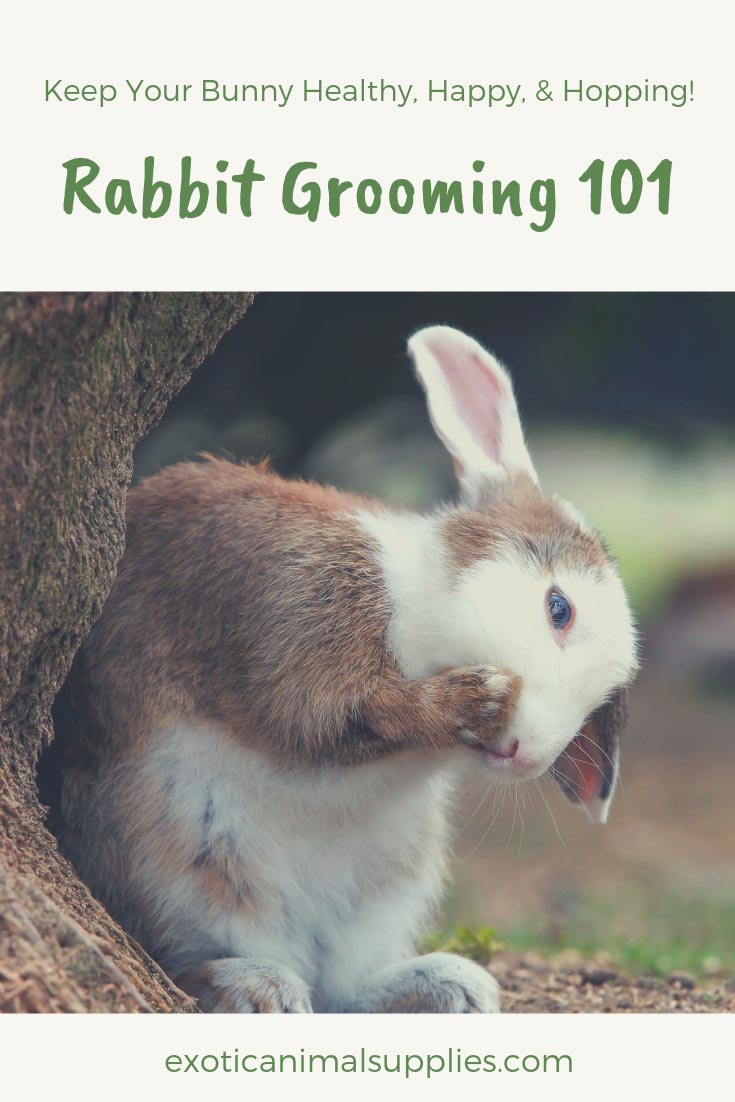
Rabbits are one of the cleanest pets you can own, and they prefer a clean environment. Regularly spot-clean the cage and replace the litter box every week. Once a month, you should do a thorough cleaning of the cage, wiping down all surfaces and replacing any bedding or litter. Always avoid cleaning products—opt for natural products such as white vinegar or baking soda, and be sure to rinse everything with water.
You should also trim your bunny’s nails every month or so and brush their fur to remove any dirt or debris. If your bunny has long hair, it’s important to brush them daily to prevent mats. Provide your bunny with objects to chew on, such as wood blocks or hay cubes, to help keep their teeth worn down.
Lastly, check your bunny’s cage daily for any signs of damage or repair needed. Look for any cracks or sharp edges that could injure your pet, and make sure the bars of the cage are secure.
Bedding for the Cage
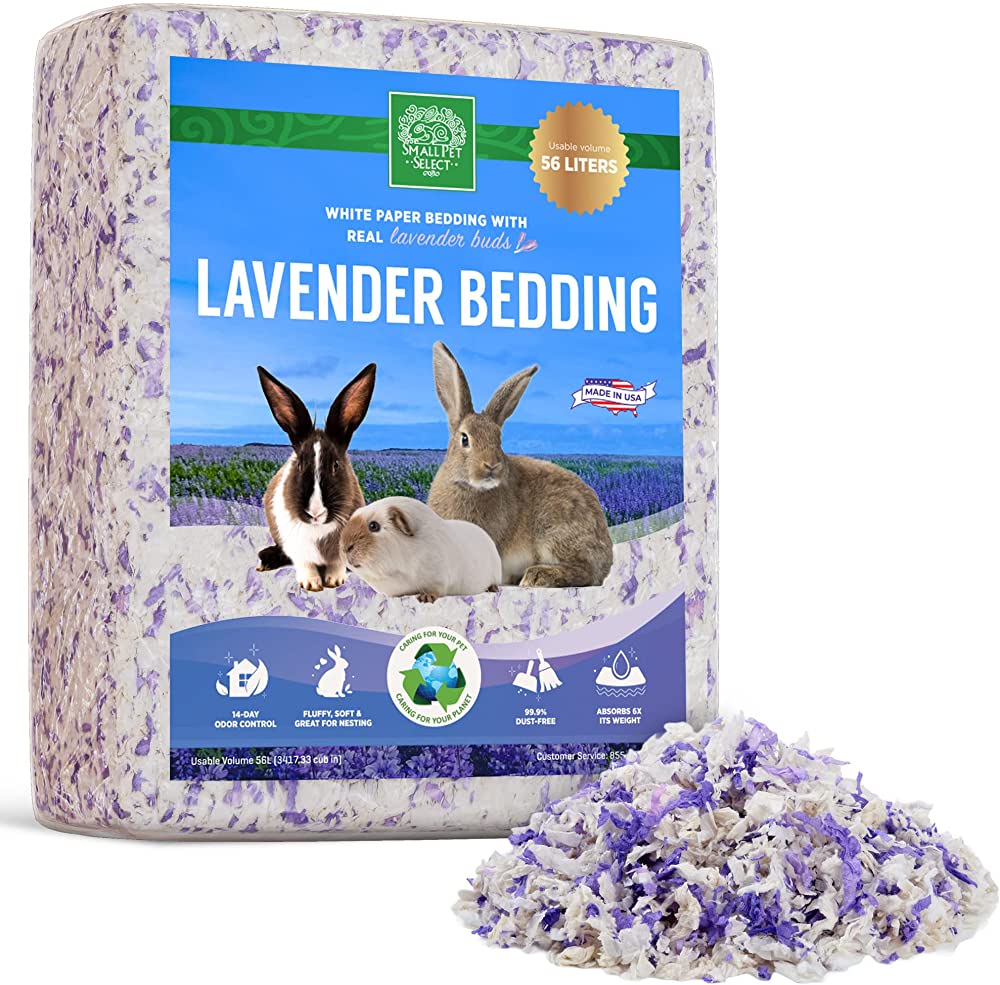
When selecting bedding for your baby bunny’s cage, it is important to choose a material that is both comfortable and safe. Look for bedding made from materials like wood shavings, shredded paper, or hay that are free from harsh chemicals and dust. Avoid using cedar and pine shavings as they can be irritating to your rabbit’s respiratory system. Make sure to check the bedding regularly and change it out every few weeks. Additionally, try to keep the bedding a few inches thick so your pet can burrow and stay warm. If you are using a hay-based bedding, try to provide hay or straw to your rabbit as a snack or treat.
Rabbit-Safe Toys for the Cage
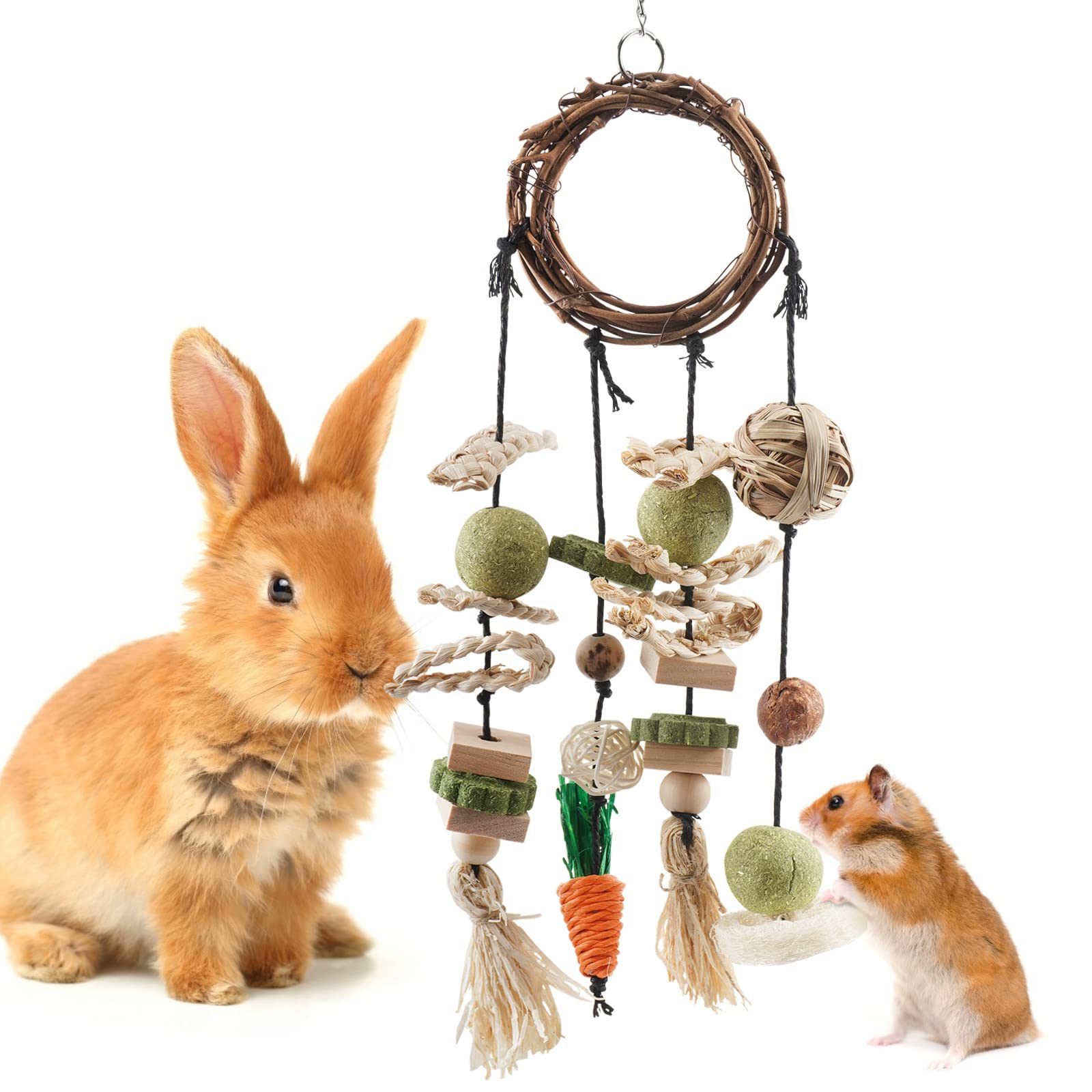
Providing enrichment toys in your rabbit’s cage can help keep them mentally and physically stimulated. There are many options available, but be sure to only use items that are safe for your pet. Some examples of rabbit-safe toys include:
| Toy | Description |
|---|---|
| Cardboard Scratching Post | A cardboard scratching post is a great way to give your rabbit something to scratch, chew, and explore. |
| Wooden Chew Toys | Wooden chew toys such as untreated willow or apple wood sticks are safe for rabbits to gnaw on. |
| Paper Bags | Paper bags provide entertainment for rabbits as they can explore and hide in them. |
| Hanging Toys | Hanging toys such as dangling carrots or wooden blocks can provide stimulation and exercise. |
Always check the toys regularly for signs of wear and tear, and replace them when necessary. Be sure to also provide plenty of hay and fresh vegetables for your rabbit to enjoy. This will ensure that your pet is kept healthy and entertained.
Pros and Cons of Different Cage Types
Wire Cage:
- Pros: Sturdy, easy to clean, good ventilation, bunny can see out
- Cons: Not very comfortable, bunny can chew on the wires
Plastic Cage:
- Pros: Easy to clean, comfortable for the bunny, quiet and lightweight
- Cons: Poor ventilation, bunny can chew on the plastic
Wooden Cage:
- Pros: Comfortable for the bunny, good ventilation, bunny can’t chew on the wood
- Cons: Difficult to clean, heavier than wire or plastic cages
Frequently Asked Questions
What size cage is most appropriate for a baby bunny?
A baby bunny should have a minimum cage size of 6-8 square feet. The cage should be large enough for your bunny to move around, stretch out, and hop without bumping into the walls. Additionally, it should be tall enough for your bunny to stand on its hind legs and have at least a foot of space above its head. It is also important to provide plenty of hiding places like boxes and tunnels for your bunny to feel safe and secure.
What Type of Material Should the Cage Be Made Of?
The cage for your baby bunny should be made of a strong, durable material such as heavy-gauge wire or hard plastic. The cage should be large enough for your bunny to hop around, with plenty of room for toys and other accessories. It should also be easy to clean and maintain. Avoid cages made from wood, as they do not provide adequate ventilation. Ensure that all sharp edges or corners are covered or taped off to prevent your bunny from injuring itself.
How Often Should I Clean the Cage and What Should I Use to Clean It?
The cage should be cleaned regularly, at least once a week, to remove droppings and other debris. Any bedding material should also be changed regularly, depending on how quickly it becomes soiled. Cleaning the cage should be done with warm water and a mild dish soap. Avoid using any harsh chemicals or cleaners as they could potentially harm your bunny.
Are there any specific toys or accessories I need to get for my bunny?
Yes! Toys and accessories are essential for your bunny’s mental and physical health. Here are some items you should consider getting for your pet rabbit:
- Hiding box – Rabbits like to hide and feel secure, so having some kind of cardboard box or other hideaway can be beneficial.
- Chew toys – Rabbits love to chew and having a few items that are safe for them to gnaw on helps keep their teeth healthy.
- Play tunnel – A play tunnel is great for giving your bunny a place to explore and can help keep them active.
- Rabbit-safe treat balls – Treat balls are great for providing your rabbit with mental stimulation and can be filled with healthy treats.
- Climbing toys – Climbing toys, such as a ramp or staircase, can provide your bunny with an activity to keep them physically fit.
- Scratching post – A scratching post allows your bunny to stretch and groom themselves, and can help keep their nails in good condition.
These are just a few ideas, but there are many other toys and accessories available to keep your bunny entertained and healthy.
How Often Should I Let My Bunny Out of the Cage for Exercise?
Rabbits should be let out of their cage at least once a day for exercise. Exercise is essential to maintain a healthy lifestyle for your pet rabbit and to prevent obesity. When letting your rabbit out of its cage, make sure that the area is safe and free from hazards. If left unsupervised, your rabbit can quickly get into trouble, so be sure to keep a close eye on your pet.
Conclusion
A cage is essential for your baby bunny’s safety and well-being. It should be large enough to provide your pet with enough room to hop around, have a hiding spot, and a litter box. Choose a cage made of non-toxic materials that is easy to clean and has enough air circulation. Consider the size, material, and accessories when choosing the perfect cage for your baby bunny.
